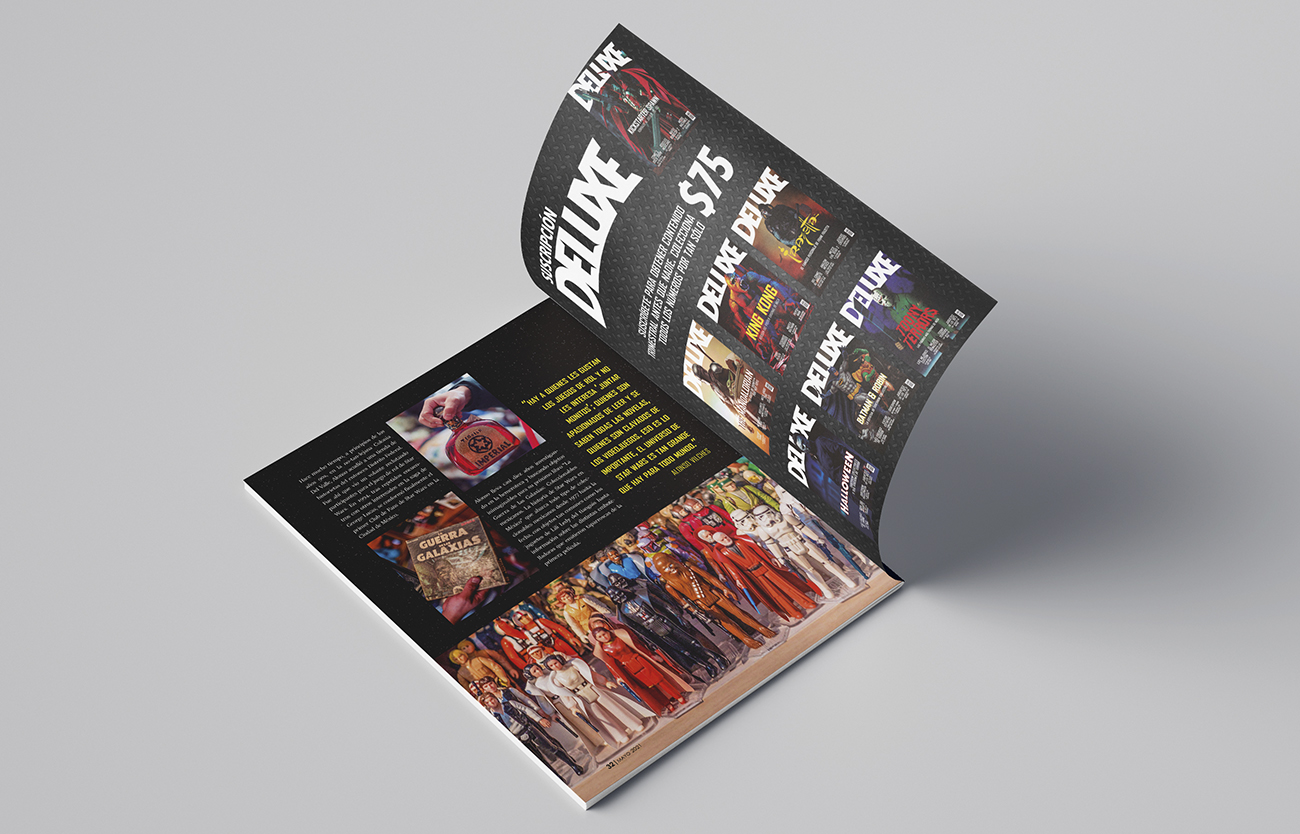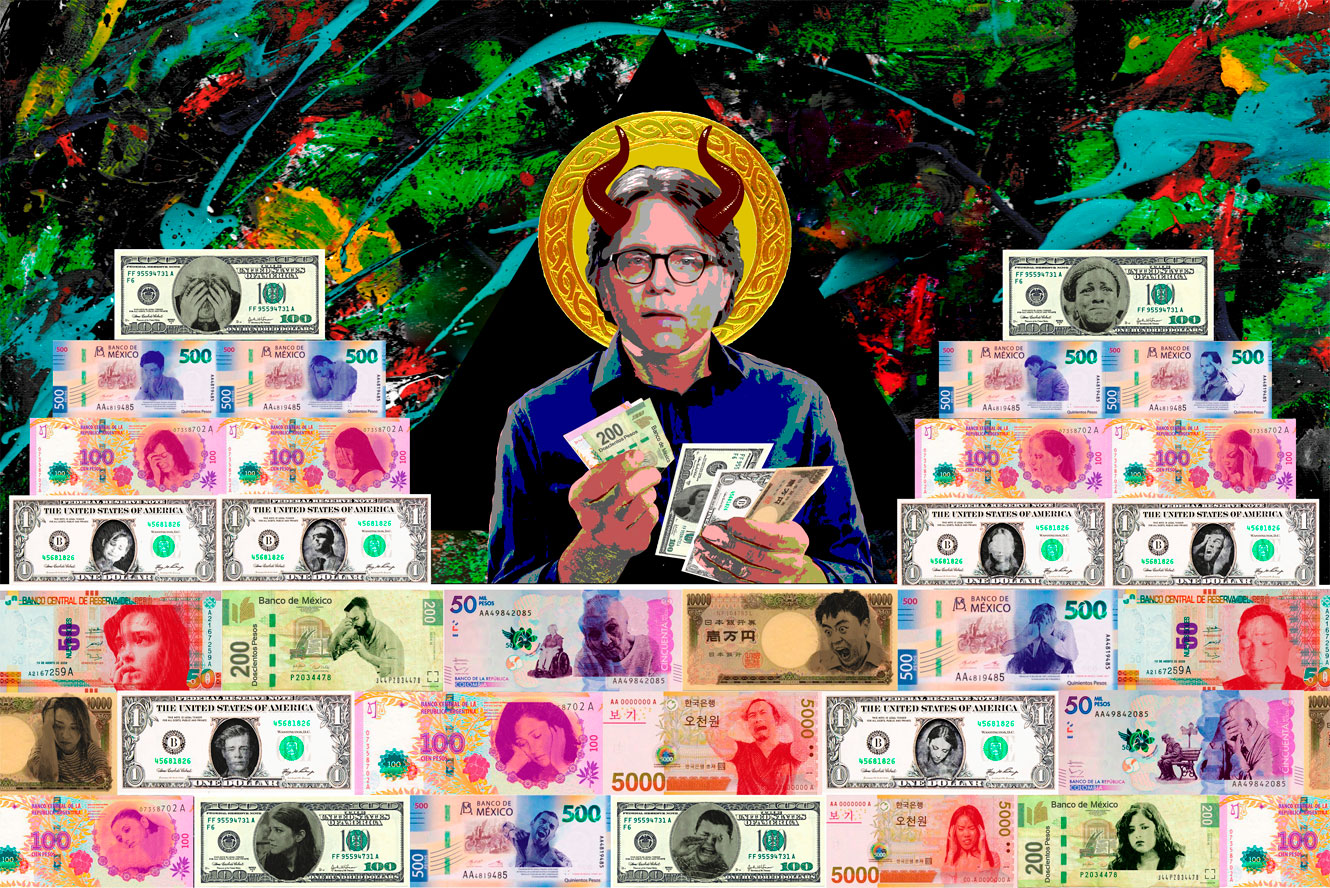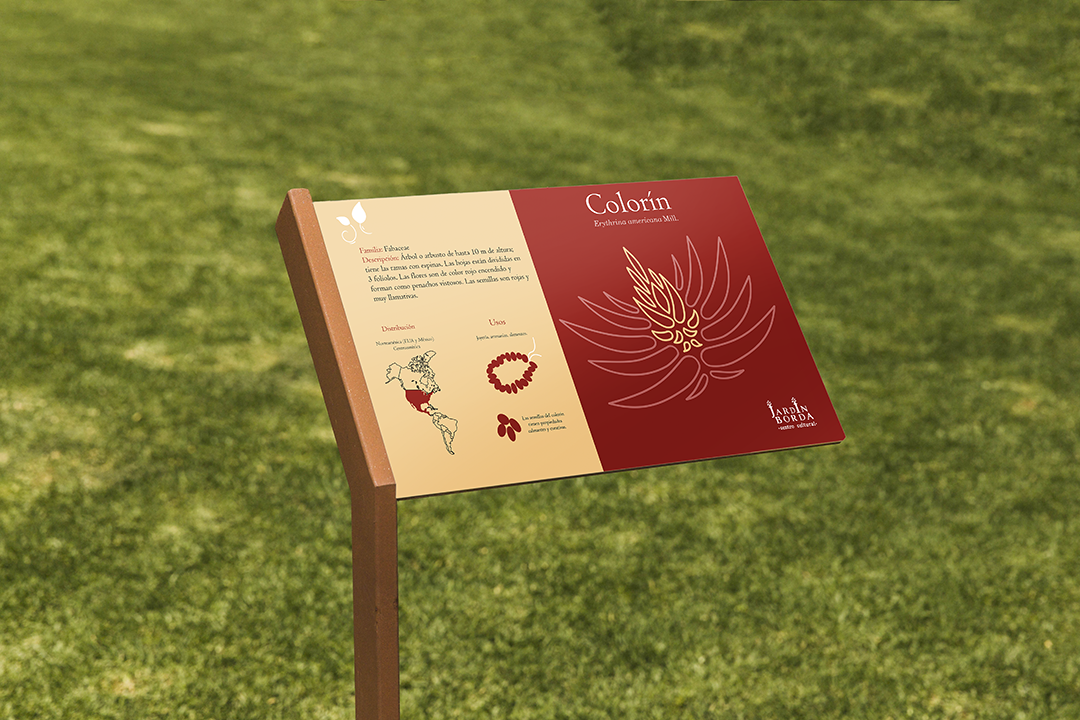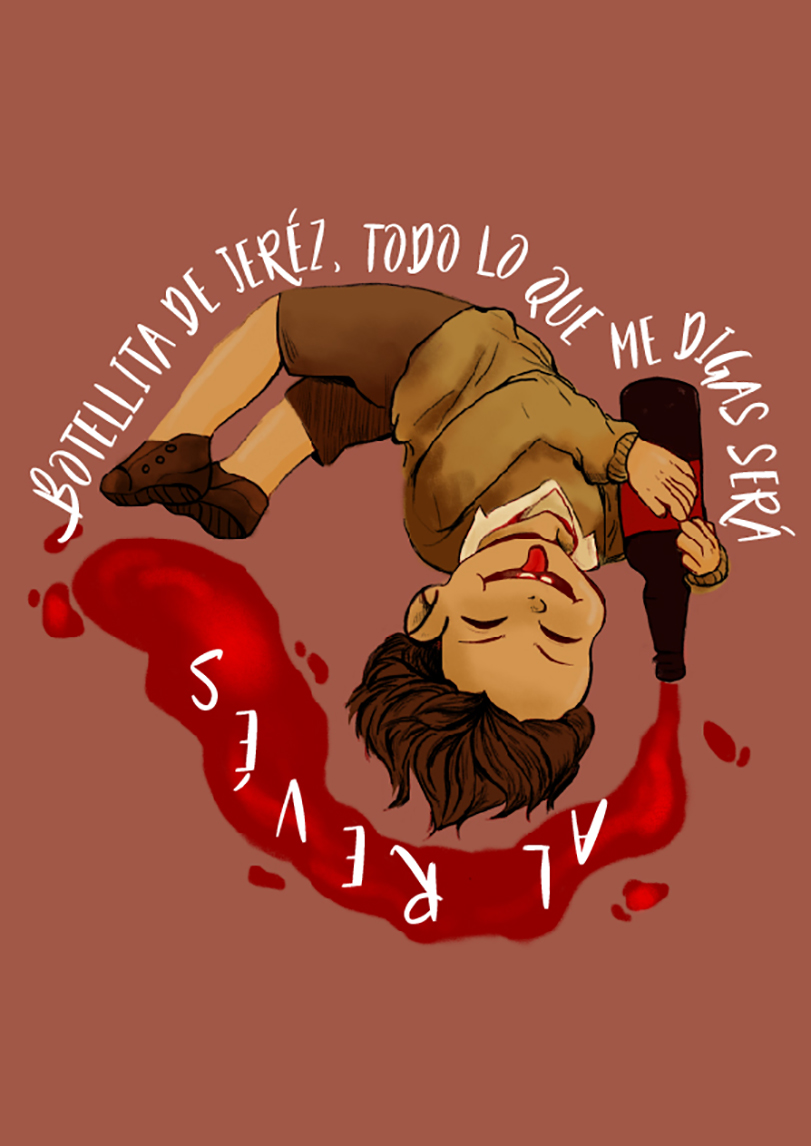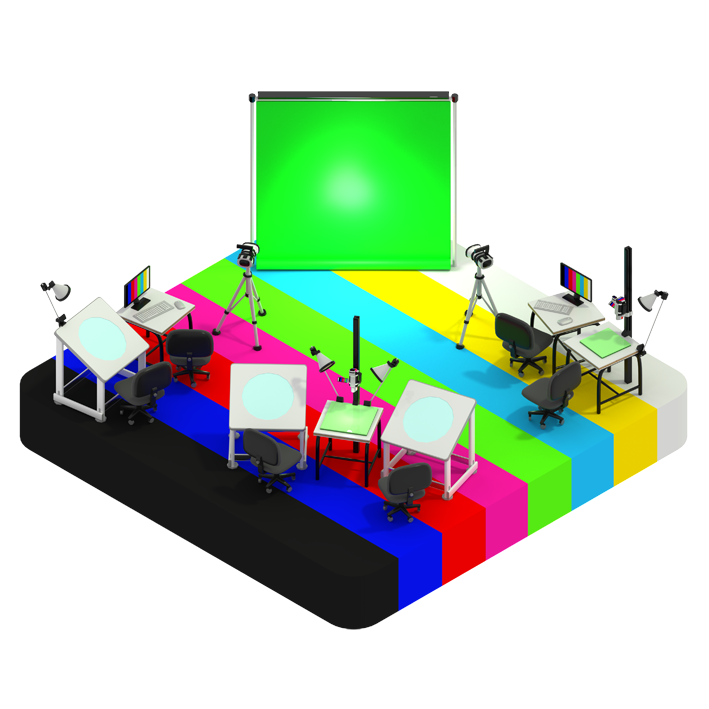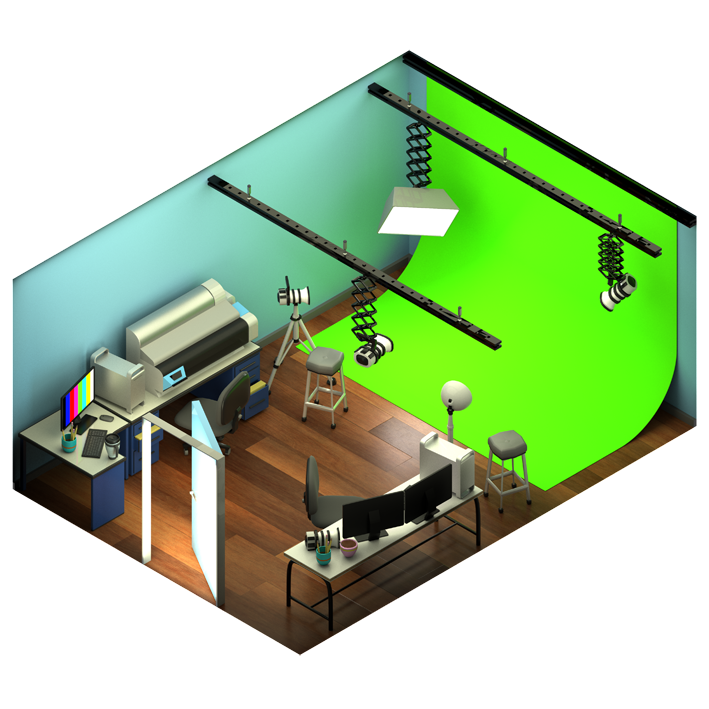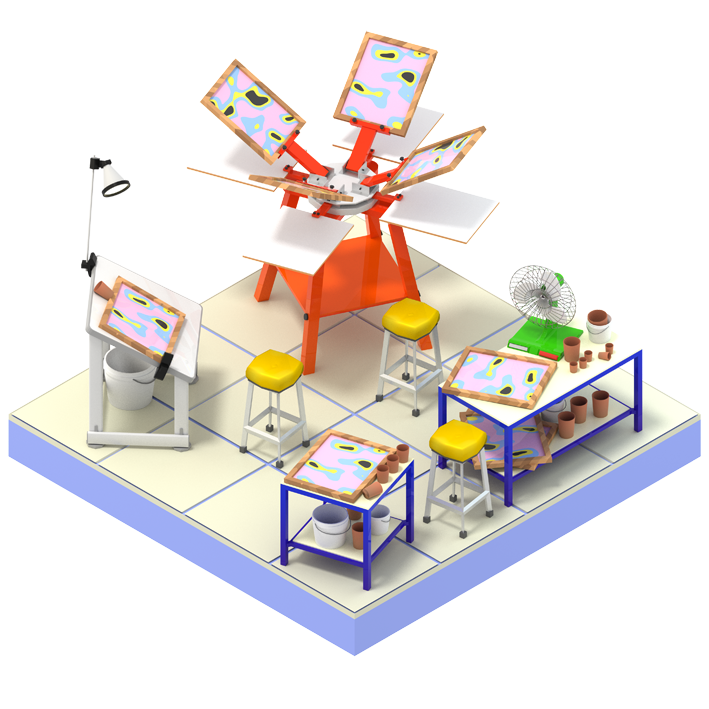Graphic
What is it?
Graphic Communication Design is a discipline centered on identifying and solving indefinite communication problems* between clients and users. This is achieved through systematic processes that enable them to structure and pose the most pertinent decision and the most adequate arguments or premises for each circumstance. Our alumni contribute to the satisfaction of the needs of our social reality responsibly, creatively, with initiative, and with a sustainable approach.
* The problems that graphic design faces are indefinite because clients, audiences, budgets, and social and historical contexts change. Designers cannot proceed in a deductive manner, that is to say, starting from universal assumptions that apply equally in all cases, disregarding the situation.
Antonio Rivera Díaz “Desarrollo de las competencias argumentativas en el taller de diseño”. (Development of the argumentative skills in the design workshop)
Thus, we look for:
Proactive persons that like art and culture; that are interested in communicating ideas through drawing, models, painting, photography, film, and any other visual medium. This is achieved through collaborative work with people within the profession and others complementary.
People interested in supporting society in the solution of social, cultural, economic, and environmental problems locally, nationally, and internationally. In order to achieve this, a minimal level of verbal and graphic comprehension and expression is necessary.
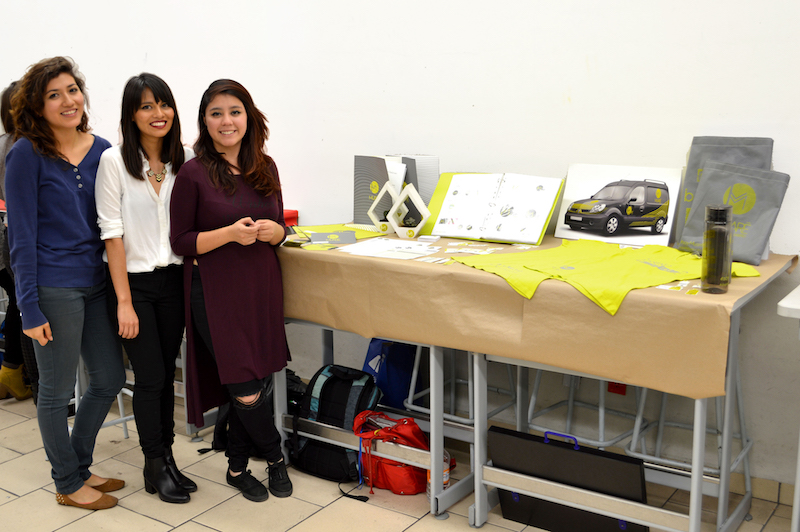
What distinguishes us?
In CyAD Azcapotzalco we make an emphasis on theory and practice. We look for a balance between thinking and doing. Think first, during, and after developing proposals. Multidisciplinary work among designers, communicators, filmmakers, engineers, theorists, and technicians gives us the opportunity to reflect on the design and its goals. We have a highly experienced and trained faculty and technical staff. We also have the necessary facilities and equipment for understanding production processes and their implementation.
As an alumnus of the undergraduate degree in Graphic Communication Design of the UAM Azcapotzalco, you will be able to make well-founded and constructive value judgments regarding science, art, and culture.
You will also be able to represent innovative, creative, and functional ideas of high graphic and technical quality. This is achieved based on methodologies and theories that will enable you to detect the real needs of users and solve projects comprehensively through interdisciplinary and multidisciplinary work.
You will develop a high ethical, social and environmental conscience. You will use suitable design and communication codes (lexical, historical, cultural, and social) for those who you are designing for, even when they speak a language other than Spanish.
You will also develop responsibility and the capability to keep updated after you graduate. You will be able to work in private, public firms, or even your own company, in institutions or social organizations.
“You will develop a high ethical, social and environmental conscience. You will use the appropriate design and communication codes (lexical, historical, cultural, and social) of those for whom you design, even if they use a language other than Spanish.”
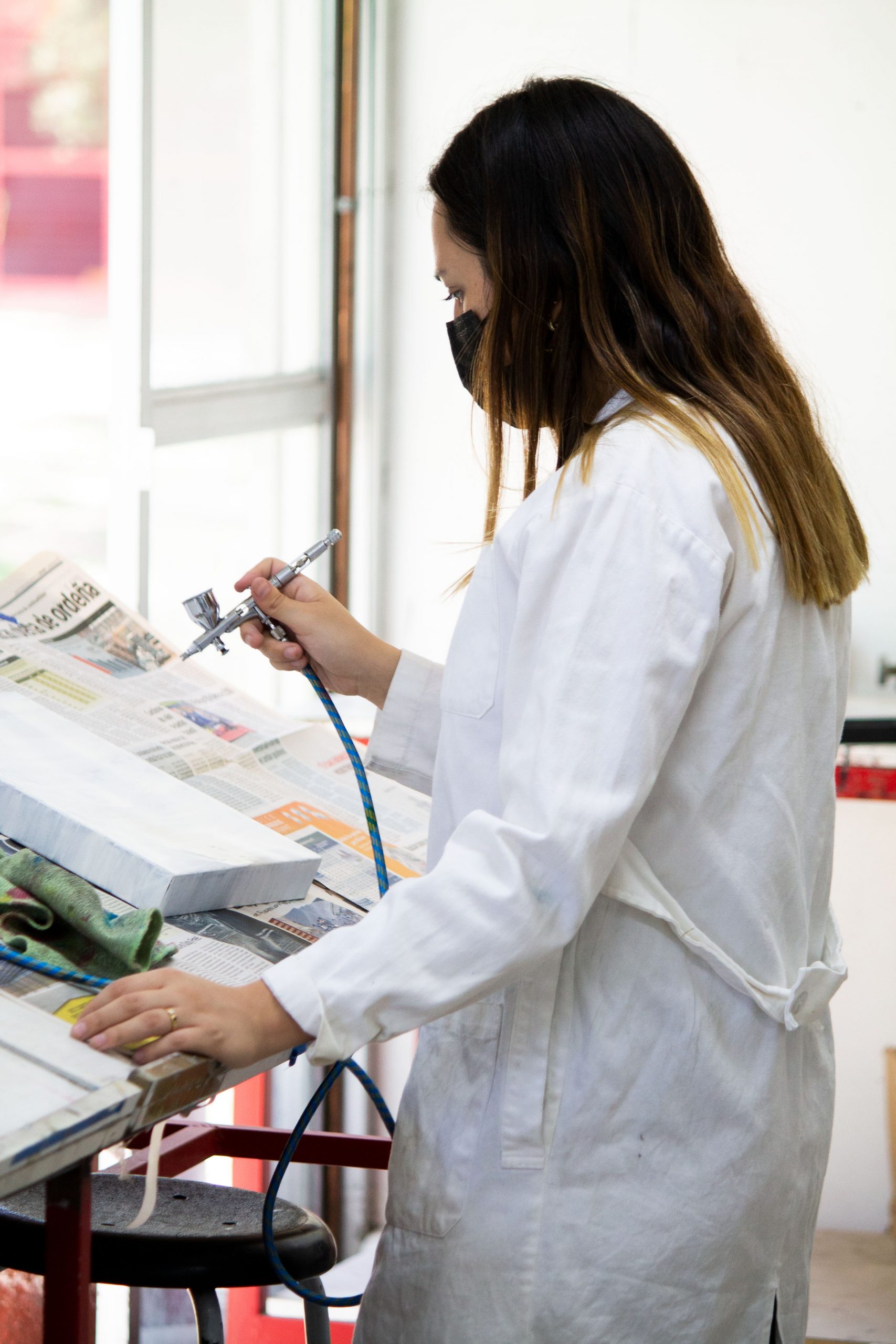
Learn more about these projects and others by visiting our page: expo.cyad.online
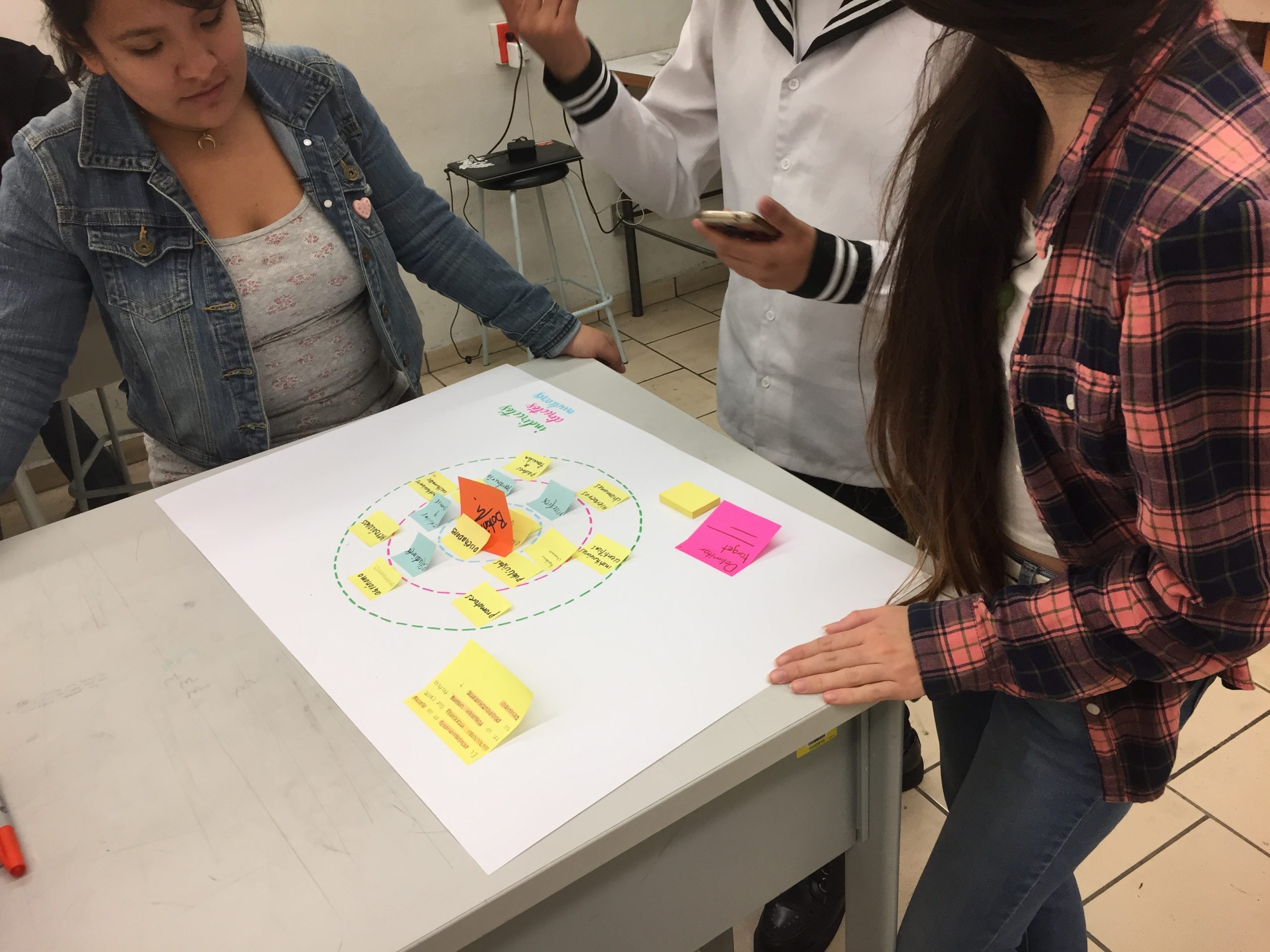
How is Graphic Communication Design learned?
What is currently known as Design Thinking is a basic characteristic of the learning and design methodology that distinguishes us. The design workshop is the backbone of the program. In this workshop, projects centered on identifying and solving real human problems are developed. We look for innovative projects and solutions, promoting collaborative and iterative work in order to achieve viable solutions in the social, economic, cultural, educational, and environmental fields. Based on theoretical, methodological, historical, and technical knowledge, we question, analyze, propose, experiment, confirm, complement, and produce results.
Introduce the students to the general field of design so they can understand its main characteristics, conditioning and development possibilities and distinguish the programs offered by the Division from one another."
FIRST QUARTER |
SECOND QUARTER |
|
Theoretical Fundamentals of Design I |
Theoretical Fundamentals of Design II |
|
Culture and Design I |
Culture and Design II |
|
Basic Language |
Design Systems |
|
Formal Expression I |
Formal Expression II |
|
Descriptive Geometry I |
Descriptive Geometry II |
|
Reasoning and Symbolic Logic I |
Reasoning and Symbolic Logic II |
Where can you work?
Every institution and company, both public and private have communication needs. Many of them have communication and design areas or hire agencies, studios, or freelance designers. As a graphic communication designer, you will be able to participate in the field of education designing books and teaching materials; in commerce designing labels, packaging, and ads; in services designing web pages and logos; in the entertainment industry designing videogames and animations, only to name a few areas in which designers can take part. Every day, new areas of opportunity are available. App design, virtual reality, or augmented reality are new tools that designers have readily available to improve the living conditions of human beings and conserve our planet.

Audiovisual Production Workshops
Editorial Production Workshops

Airbrush

Photomechanics and electronic prepress
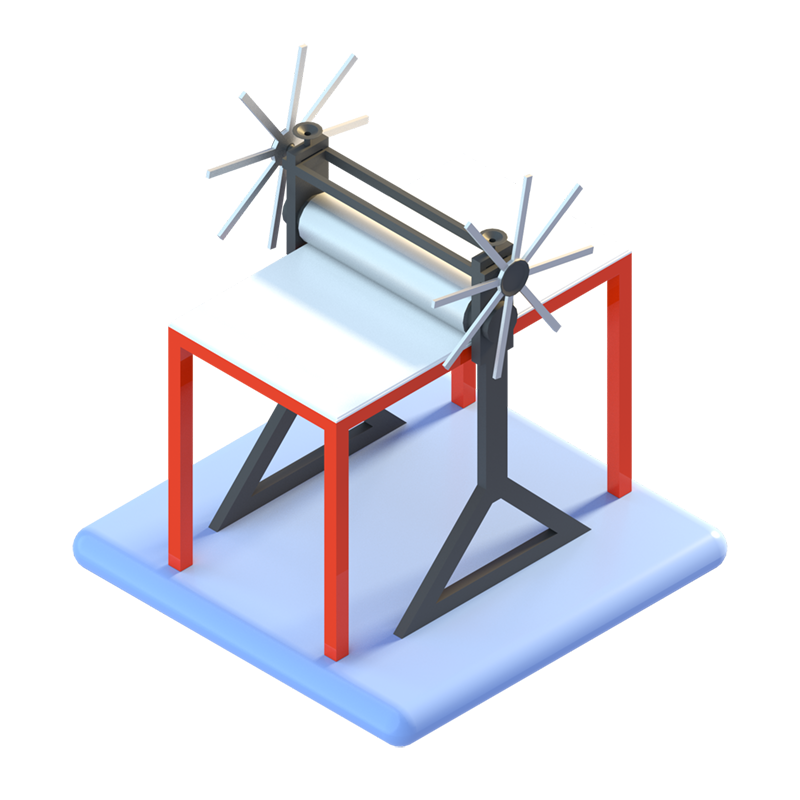
Engaving
Renders by: Alejandro Nevárez Lucio
Click on the names of the laboratories to see a 360º image



